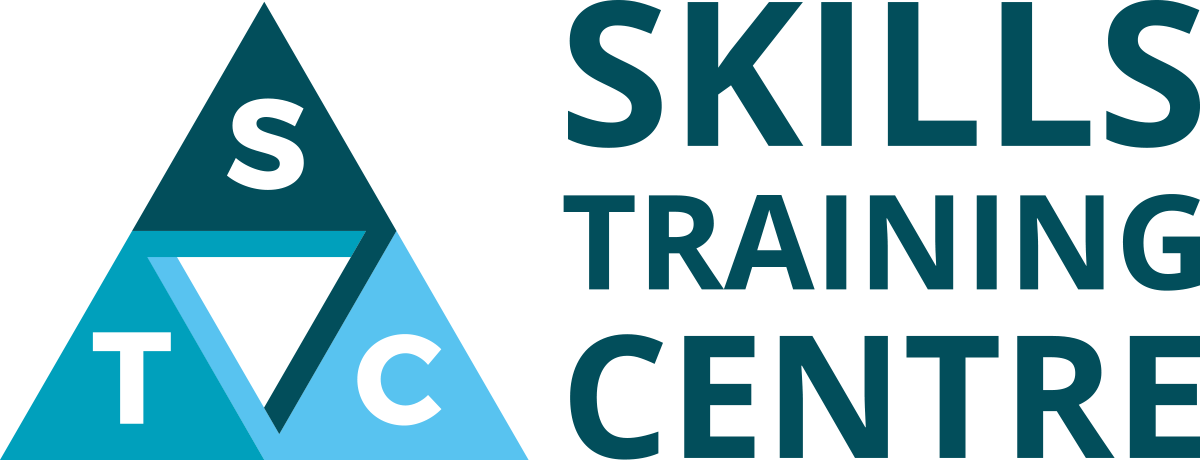Professional Tree Inspection Refresher - TIS03
Grounds Maintenance
Who should attend?
Professional arboriculturalists who have previously successfully completed the Professional Tree Inspection course.
Frequency of refresher training will greatly depend upon how often the learner is involved in undertaking inspections, but it would be recommended on a five yearly basis. People professionally involved in arboriculture – specifically tree inspection.
Frequency of refresher training will greatly depend upon how often the learner is involved in undertaking inspections, but it would be recommended on a five yearly basis. People professionally involved in arboriculture – specifically tree inspection.
Learning objectives
We utilise existing knowledge and information to ensure you'll be up to speed with all the key elements of the Professional Tree Inspection programme.
You'll also learn the latest examples of good health and safety practice
You'll also learn the latest examples of good health and safety practice
Course content
By the end of this course, you'll be able to:
• Recognise the role of the tree inspector in risk management.
• Identify the legal framework in the context of statute and common law that affect tree inspection and the duties and liabilities of the owner, manager, and inspector.
• Summarise how a tree system functions, what constitutes a safe tree and know that
energy is required to keep the tree in a healthy/safe state.
• Adopt a systematic and consistent methodology for carrying out visual tree inspection at
an advanced level with the aid of binoculars, mallet, and probe.
• Collect data out in the field in accordance with the inspection instructions (having
determined the scope and limitations) using a suitable format. (For this course a written survey template with appropriate headings will be used).
• Recognise a range of observable mechanical and biological defects as seen in trees and
confirm by the use of textbooks where necessary.
• Identify a range of commonly seen pests, diseases, and disorders that affect tree safety,
confirm their identity by the use of textbooks, where necessary, and state the arboricultural significance of finding them in the field.
• State the appropriate control/remedial measures required to eliminate or reduce risks identified in the inspection process to an acceptable level.
• Determine when an aerial inspection is required, also if pro-active management recommendations can be made which may eliminate future defects from forming.
• Prioritise the necessary tree/management works with time scales based on a broad
category of risk assessment.
• Identify when it is appropriate to recommend the use of decay detecting or measuring
equipment, based on a basic knowledge of the working principles of commonly available equipment.
• Understand that a balance between the remedial measure opted for and the range of benefits/values that a tree may have requires special attention, for example, amenity, wildlife, historical, veteran, rarity, and public access.
• Recognise the role of the tree inspector in risk management.
• Identify the legal framework in the context of statute and common law that affect tree inspection and the duties and liabilities of the owner, manager, and inspector.
• Summarise how a tree system functions, what constitutes a safe tree and know that
energy is required to keep the tree in a healthy/safe state.
• Adopt a systematic and consistent methodology for carrying out visual tree inspection at
an advanced level with the aid of binoculars, mallet, and probe.
• Collect data out in the field in accordance with the inspection instructions (having
determined the scope and limitations) using a suitable format. (For this course a written survey template with appropriate headings will be used).
• Recognise a range of observable mechanical and biological defects as seen in trees and
confirm by the use of textbooks where necessary.
• Identify a range of commonly seen pests, diseases, and disorders that affect tree safety,
confirm their identity by the use of textbooks, where necessary, and state the arboricultural significance of finding them in the field.
• State the appropriate control/remedial measures required to eliminate or reduce risks identified in the inspection process to an acceptable level.
• Determine when an aerial inspection is required, also if pro-active management recommendations can be made which may eliminate future defects from forming.
• Prioritise the necessary tree/management works with time scales based on a broad
category of risk assessment.
• Identify when it is appropriate to recommend the use of decay detecting or measuring
equipment, based on a basic knowledge of the working principles of commonly available equipment.
• Understand that a balance between the remedial measure opted for and the range of benefits/values that a tree may have requires special attention, for example, amenity, wildlife, historical, veteran, rarity, and public access.
Book your place
Choose the date you wish to book, add the number of places you would like to book and select "ADD TO BASKET".
| Location | Date(s) | Length | Price (excl. VAT) |
Availability | Add delegates |
|---|---|---|---|---|---|
| Please call 020 8619 0939 or email info@skillstrainingcentre.co.uk for dates. | |||||

